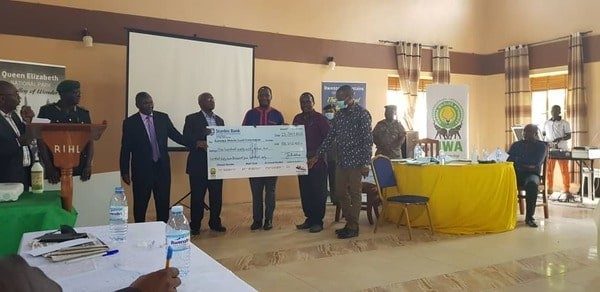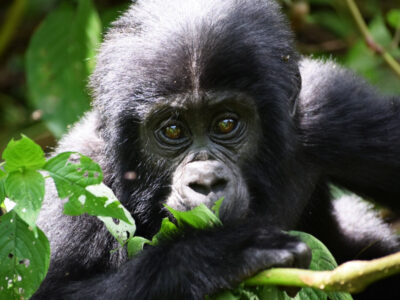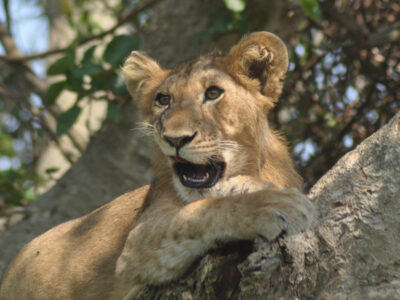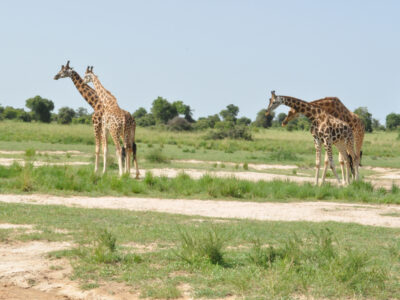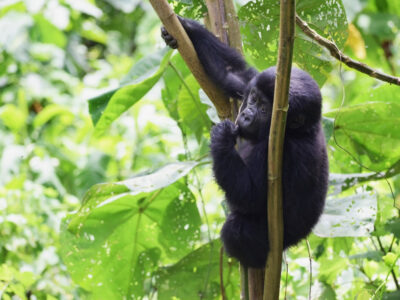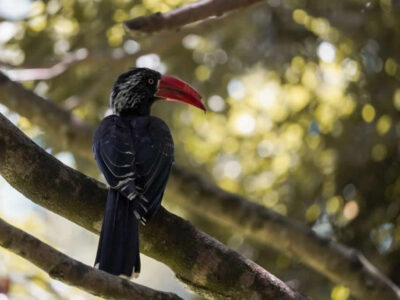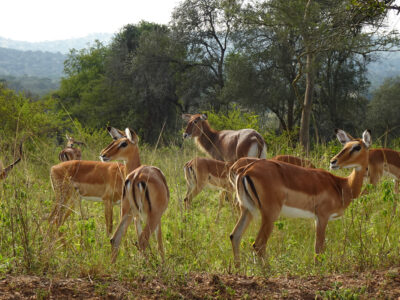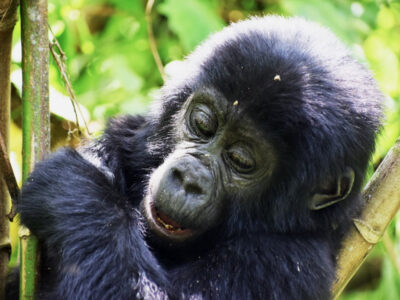The Uganda Wildlife Authority (UWA) distributed 3,108,539,741 to the villages close to the Queen Elizabeth Protected Area, Semuliki National Park, Rwenzori Mountains National Park, Kibale National Park, and Tooro-Semuliki Wildlife Reserve.
The Rtd. Col. Tom Butima, the minister of tourism, wildlife, and antiquities, along with other members of the UWA board of trustees and the representatives of the thirteen districts that encircle these protected areas, presented these revenue-sharing checks at a ceremony in Kasese town under his direction.
The Queen Elizabeth Conservation Area arranged this stakeholder engagement event with the goal of ensuring that the protected areas under our care bring about life-altering benefits for those who rely on them the most while also fostering ecosystem management economies.
As part of their revenue sharing from the Bwindi-Mgahinga Impenetrable National Parks, officials from the Uganda Wild Life Authority (UWA) also presented 3 cheques totaling Ugx 3.4 billion to the district local governments of Kanungu, Kisoro, and Rubanda following last month.
This came about as a result of the power and capacity of the local communities surrounding these conservation areas to safeguard and conserve the park’s resources, which prompted the organization to repay them as a sign of gratitude and to hone and improve their local resources.
Local residents are becoming more and more welcomed as partners in larger initiatives aimed at sustainable management. The strategy is founded on the idea that conservation plans should place a strong emphasis on the input of regional communities in decision-making.
People who now live close to these conservation areas used to reside inside these parks and relied on or survived on the natural resources of these conservation areas for many years, including food, shelter, herbal medicine, and many other things. Unfortunately, they were driven off their land which forced them to relocate to the park’s edges, making it difficult and inaccessible for them to acquire resources for their daily needs.
Locals reap financial rewards from wildlife protection when they are granted proprietorship or ownership over natural resources. In several places, most notably in Africa, community-based management strategies for protected areas have now been established.
These settlements near conservation parks receive certain income percentages from the total amount collected on park entrances when visitors come to the park, but the revenue is insufficient to support them. Since they previously appeared to be a threat to their way of life, distributing this sum of money to various communities will inevitably strengthen their love for and a strong perception of the need to protect these conservation areas.
Benefits for conservation areas from nearby communities
There is growing agreement that in order for protected areas to be more successful at preserving biodiversity, they must take into account the needs of the underprivileged local people with which they frequently share boundaries.
As a means of promoting tourism and raising their standard of living, these adjacent villages have played a significant role in maintaining and conserving these natural treasures. To ensure that visitors get the most out of these conservations, this is accomplished by fostering community tourism.
In the form of game rangers, guides, and porters, the local residents contribute hard work to these conservation zones, assisting the tourists in various ways to make their safari excursions in Uganda enjoyable.
By strengthening laws against hunting and wildlife poaching and securing them, these communities protect these conservation mammals, which has increased the variety of animals and other park resources.
However, the funds provided to these nearby communities are used for community and household projects that reduce conflict between people and wildlife and complement their growth to enhance the standard of living for people who live close to a protected area through the development of income-generating products, more commercial buildings like hotels, hospitals, and commercial community initiatives. These commercial structures will include tourist lodges, lodges for lodgers, and hotels.
Communities actively participating as partners in the maintenance of protected areas Community-based conservation initiatives accomplish their objectives by involving local residents in the formulation of land-use regulations and management practices.

